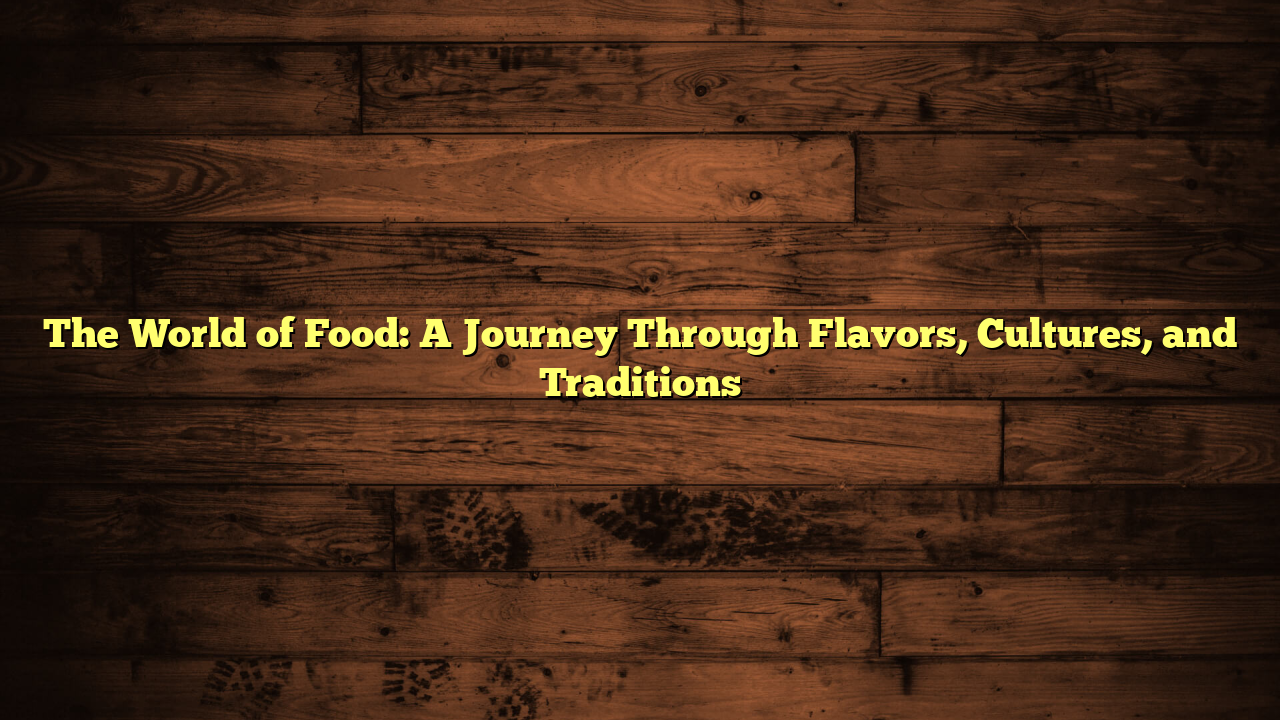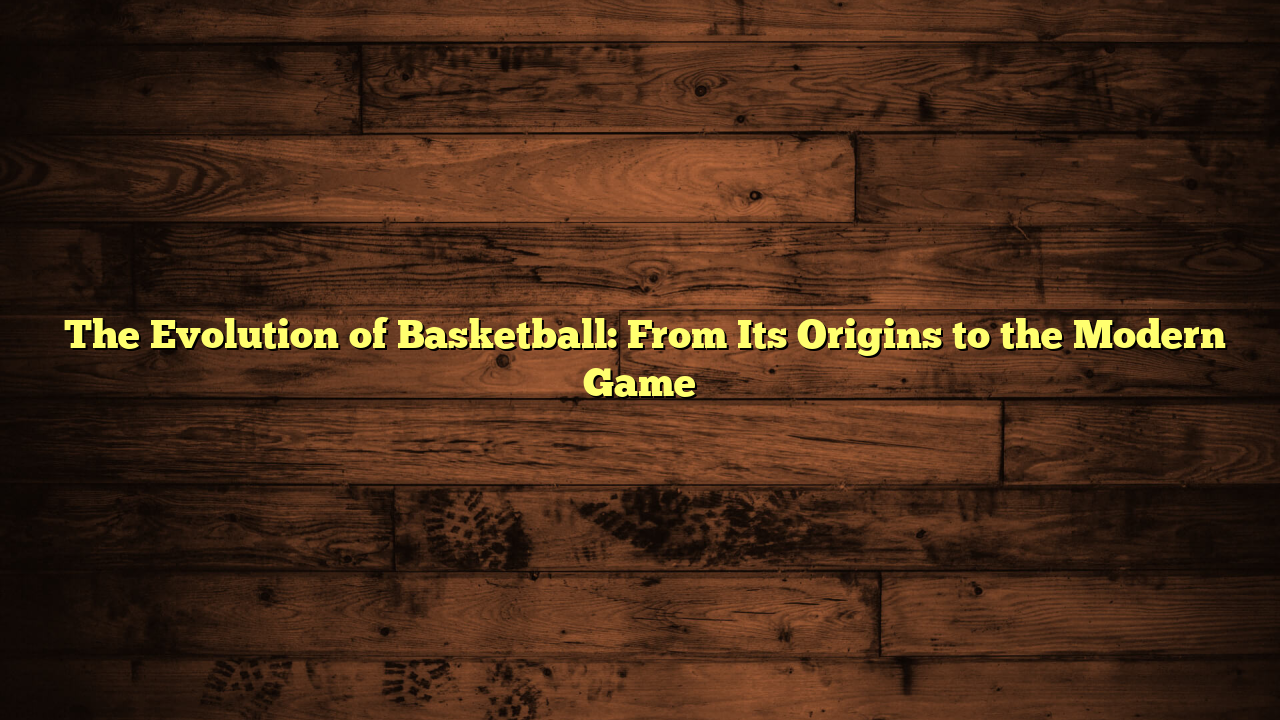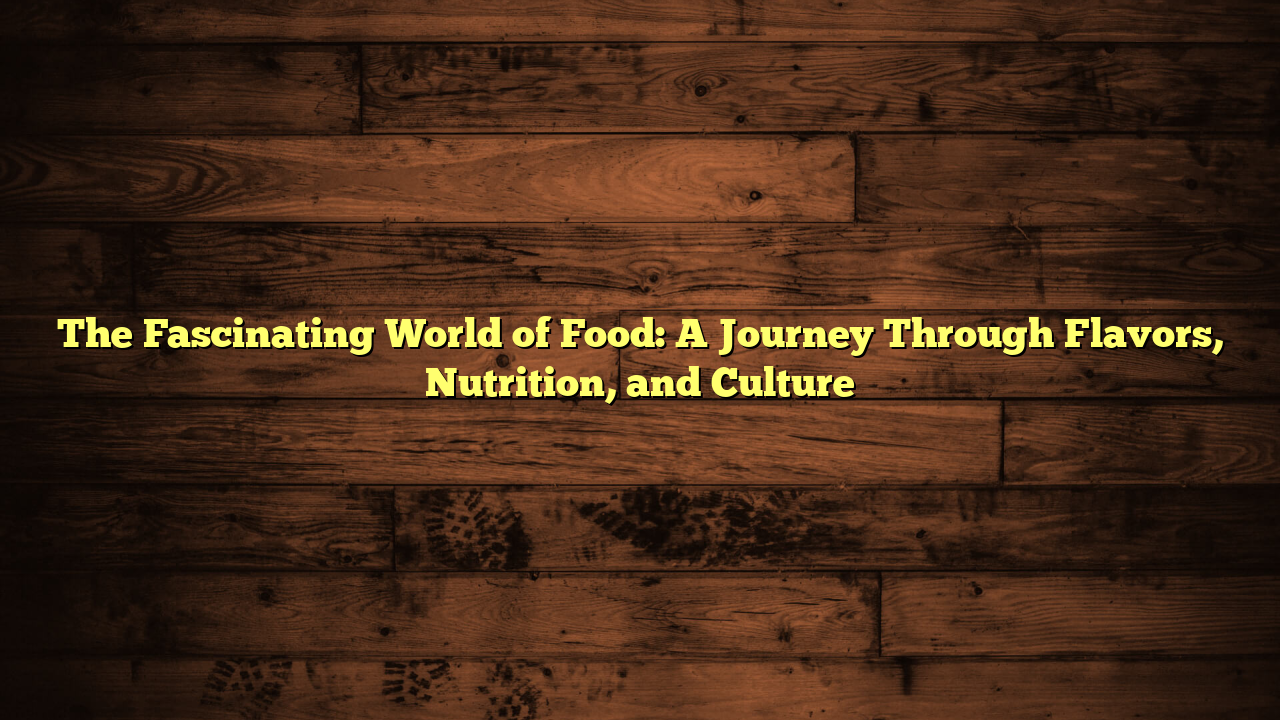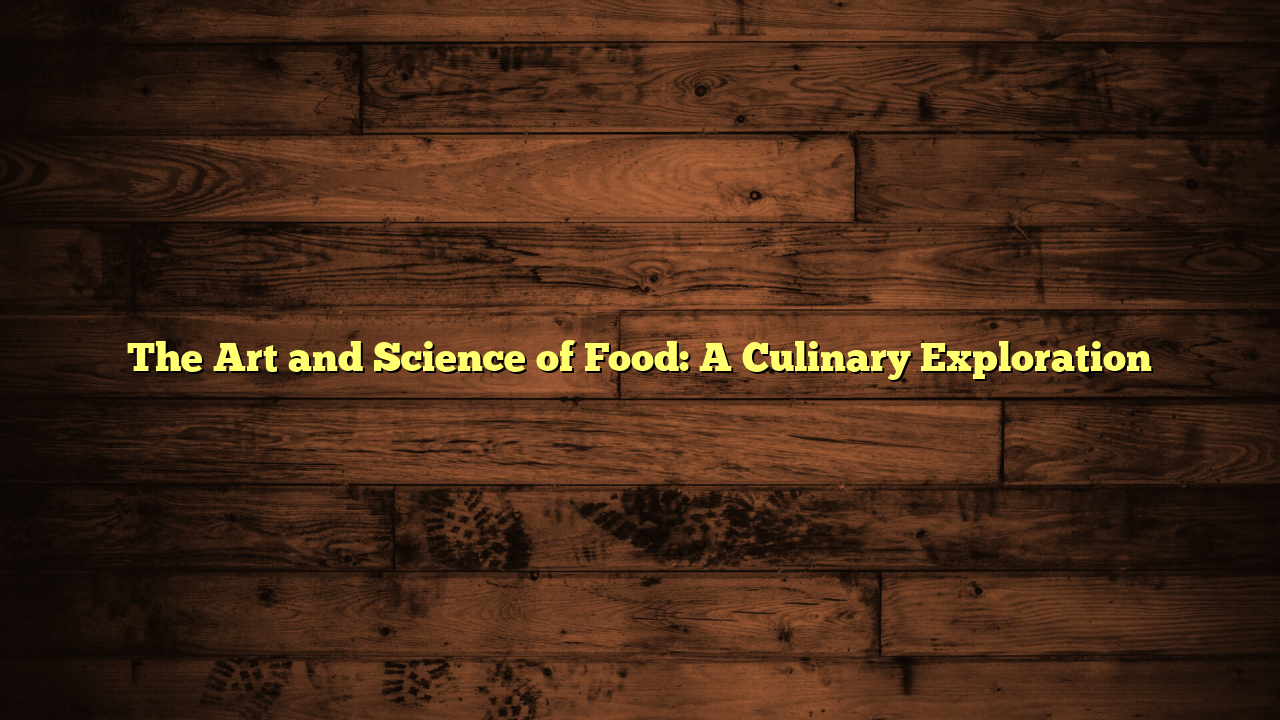Food is much more than a basic necessity for survival. It is a vibrant, diverse, and rich part of
our daily lives that reflects culture, history, and tradition. Across the globe, food takes on
different meanings, and each dish tells its own unique story. From the simplest of ingredients
to the most elaborate meals, food unites us in ways that words alone cannot express. It’s a
universal language of love, connection, and identity.
The Diversity of Food Around the World
One of the most fascinating aspects of food is its incredible diversity. Every region, country,
and even city has its own set of flavors, techniques, and cultural influences that shape what
people eat. Whether it’s a plate of fresh sushi in Japan, a steaming bowl of pho in Vietnam,
or a hearty plate of pasta in Italy, the global variety of dishes is endless.
In Asia, rice is a staple ingredient, used in dishes such as sushi, biryani, and fried rice.
These meals not only satisfy hunger but also reflect the agricultural practices of the region.
In Africa, grains like millet and sorghum, as well as a wide variety of legumes, are central to
many diets. These ingredients are often paired with flavorful stews, grilled meats, and
fermented vegetables, which have been passed down through generations.
In Latin America, food reflects a rich mix of indigenous traditions and European colonial
influences. Dishes like tacos, tamales, and ceviche are celebrated across the continent,
each varying slightly from country to country but maintaining a shared essence. Mexican
cuisine, for instance, is known for its use of corn, chilies, and beans, while Brazilian dishes
often include beans, rice, and tropical fruits like papaya and acai.
Meanwhile, the Mediterranean diet emphasizes fresh fruits, vegetables, olive oil, and lean
proteins such as fish and poultry. Countries like Greece, Spain, and Italy boast a long history
of culinary tradition, often focused on simple, yet flavorful ingredients. The Mediterranean
diet has become renowned for its health benefits, including lower rates of heart disease and
longer life expectancy.
Food as Cultural Identity
Food is deeply tied to cultural identity. It is an expression of a society’s values, history, and
social structures. For instance, in Italy, food is seen as a celebration of family and
community. A traditional Italian meal can take hours, with multiple courses served over the
course of the evening. Every region in Italy has its own specialties, from the seafood-rich
dishes of Sicily to the meat-based dishes of Tuscany. These dishes are more than just
meals; they are a reflection of the history, climate, and lifestyle of the people in that area.
In India, food is closely connected to religion and philosophy. Vegetarianism is common in
many regions due to the influence of Hinduism, Buddhism, and Jainism, where non-violence
toward animals is a core tenet. Spices like turmeric, cumin, and cardamom are widely used,
and each spice blend has specific meanings and purposes. Food in India is seen as sacred,
with meals often offered to deities before being consumed.
The concept of communal eating is also essential to many cultures. In Ethiopia, for example,
meals are often shared using a type of injera, a sourdough flatbread that serves as both a
plate and a utensil. This practice fosters a sense of community and togetherness, as
everyone dips into the shared dish.
link ketuaslot of Food
Food is not static. It evolves constantly, influenced by advancements in technology, travel,
and changing societal norms. Over time, certain foods have moved from being regional
specialties to global phenomena. Pizza, for example, originally hailing from Italy, is now
enjoyed in every corner of the globe. Likewise, sushi, once considered a delicacy in Japan,
has become a popular option in many countries worldwide.
Technological innovations have also shaped the way we grow, prepare, and consume food.
The invention of refrigeration allowed for long-distance food transportation, making it
possible to enjoy ingredients that were once unavailable in certain regions. The industrial
revolution introduced mass production and convenience foods, which have become staples
in modern society, though not without controversy regarding their nutritional value and
environmental impact.
More recently, the growing awareness of health and environmental concerns has led to a
shift in eating habits. Many people are turning toward plant-based diets to reduce their
carbon footprint and improve their overall health. The rise of veganism, as well as the focus
on locally sourced, organic produce, highlights the growing interest in sustainability and
mindful eating.
The Science Behind Cooking
Cooking is as much a science as it is an art. Understanding the chemical reactions that
occur during the preparation of food can help chefs create better-tasting dishes, while also
ensuring food safety. For instance, the Maillard reaction, which is responsible for the
browning of meat, is a critical process that creates complex flavors. Similarly, knowing how
acids and bases interact can help a cook achieve the perfect balance of flavors in a dish.
Nutrition also plays a significant role in food science. As our understanding of food’s impact
on health improves, there is a growing emphasis on creating balanced, nutrient-dense
meals. Foods rich in fiber, healthy fats, and antioxidants are increasingly valued for their
health benefits, such as reducing the risk of chronic diseases like heart disease and
diabetes.
Conclusion: The Power of Food
Food is much more than what we consume to survive. It is a reflection of who we are, where
we come from, and where we are headed. It connects us to our ancestors and allows us to
explore the cultures of others. It unites families and communities and is an expression of
creativity and innovation. In every bite, we taste history, tradition, and love, making food an
essential part of the human experience.
As we continue to evolve, so will our approach to food. Whether we’re experimenting with
new culinary techniques, embracing sustainable eating practices, or exploring global flavors,
one thing remains clear: food will always be a central part of life, a source of nourishment,
joy, and connection.
The World of Food: A Journey Through Flavors, Cultures, and Traditions



